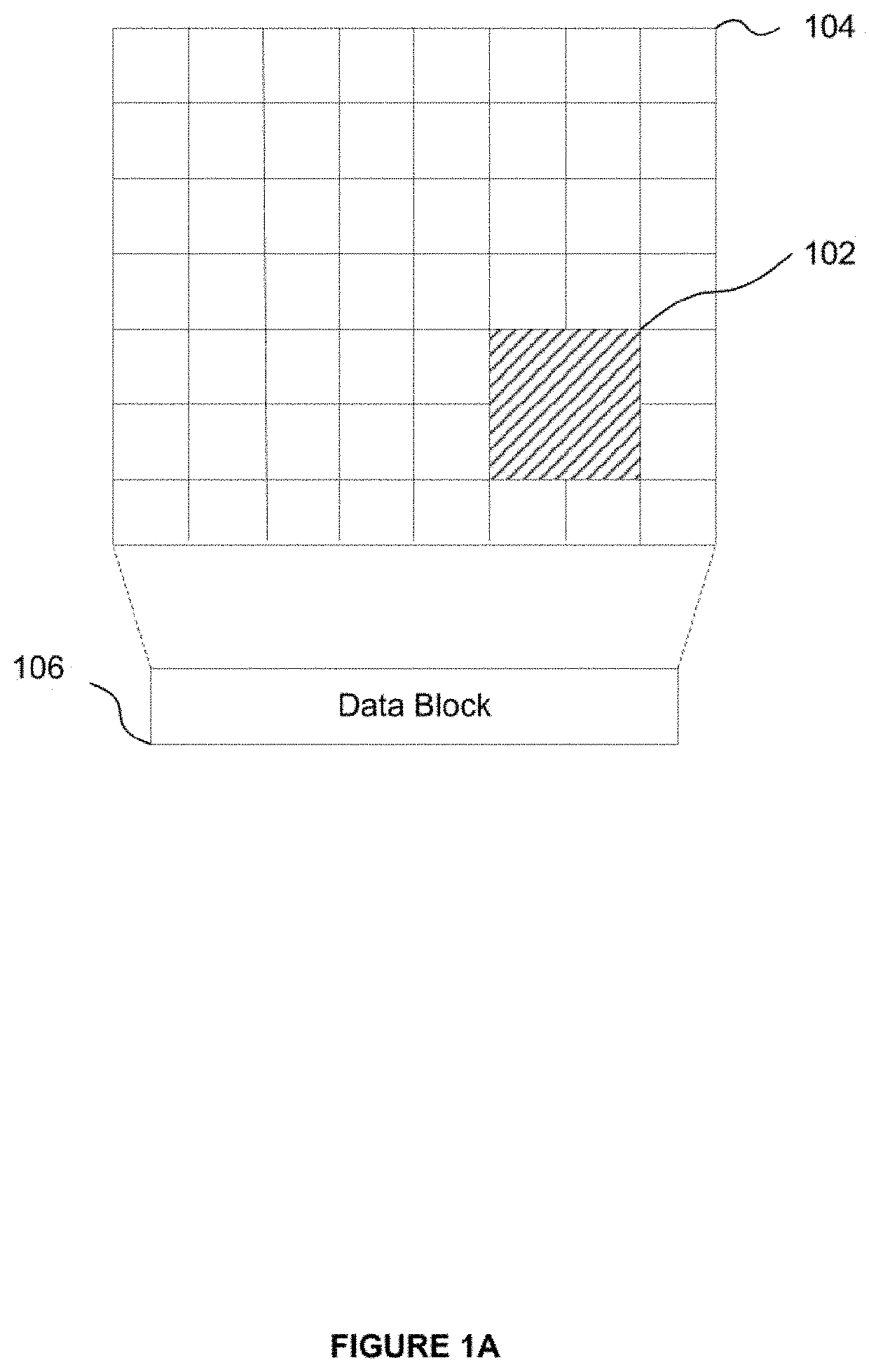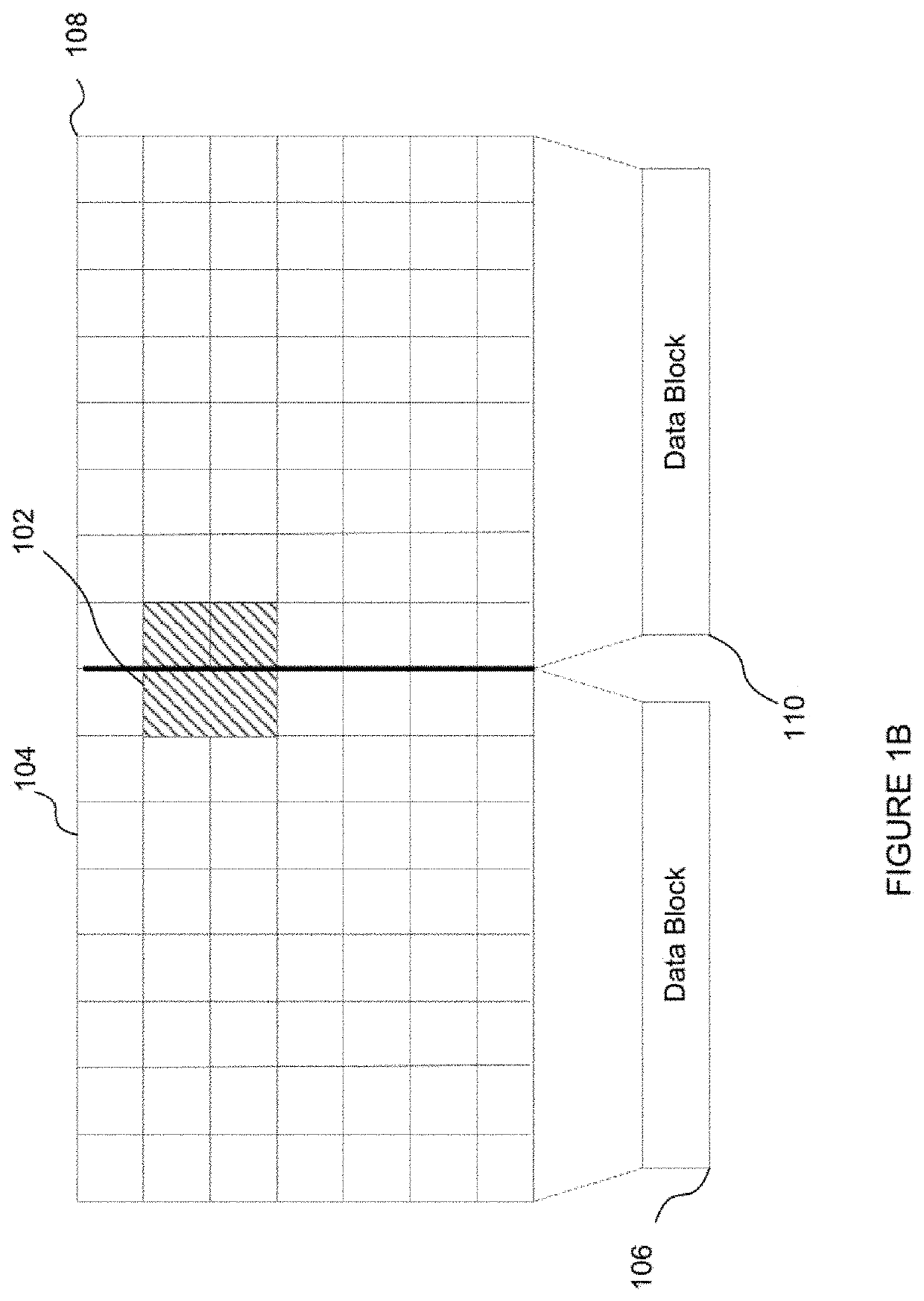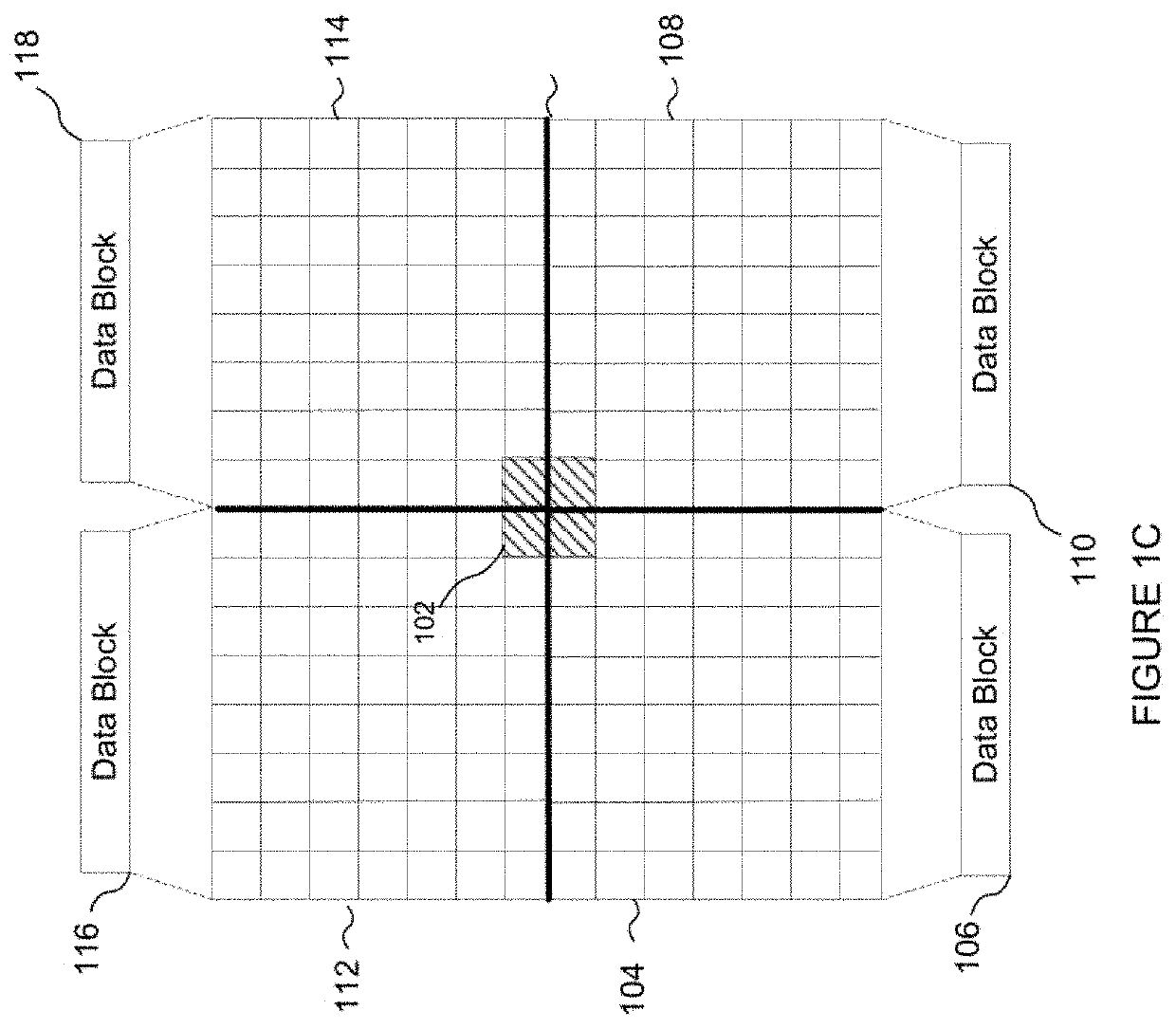Decoder unit for texture decompression
a decompression unit and texture technology, applied in the field of computer graphics processing, can solve the problems of high hardware requirements and relative large amount of memory storag
- Summary
- Abstract
- Description
- Claims
- Application Information
AI Technical Summary
Benefits of technology
Problems solved by technology
Method used
Image
Examples
Embodiment Construction
[0070]The present disclosure is directed to a decoder unit configured to decode a plurality of texels that are encoded across one or more blocks of encoded texture data. Each block of encoded texture data may encode a block of texels of a texture. Where a texture decoder is configured to decode a plurality of texels, the texels to be decoded could be in the form of a set of texel sub-blocks. Each of those texel sub-blocks may be contiguous with other texel sub-blocks or non-contiguous. Some of the texel sub-blocks may overlap with other texel sub-blocks. Different texel sub-blocks may be encoded by different encoded texture data blocks, and / or one or more texel sub-blocks may be part encoded by two or more texture data blocks. That is, a texel sub-block to be decoded by the decoder may be located such that it overlaps the edges of two (or four) texture data blocks that were each encoded as separate blocks of texels. In this circumstance, the texel sub-block may be encoded by two or ...
PUM
 Login to View More
Login to View More Abstract
Description
Claims
Application Information
 Login to View More
Login to View More - R&D
- Intellectual Property
- Life Sciences
- Materials
- Tech Scout
- Unparalleled Data Quality
- Higher Quality Content
- 60% Fewer Hallucinations
Browse by: Latest US Patents, China's latest patents, Technical Efficacy Thesaurus, Application Domain, Technology Topic, Popular Technical Reports.
© 2025 PatSnap. All rights reserved.Legal|Privacy policy|Modern Slavery Act Transparency Statement|Sitemap|About US| Contact US: help@patsnap.com



